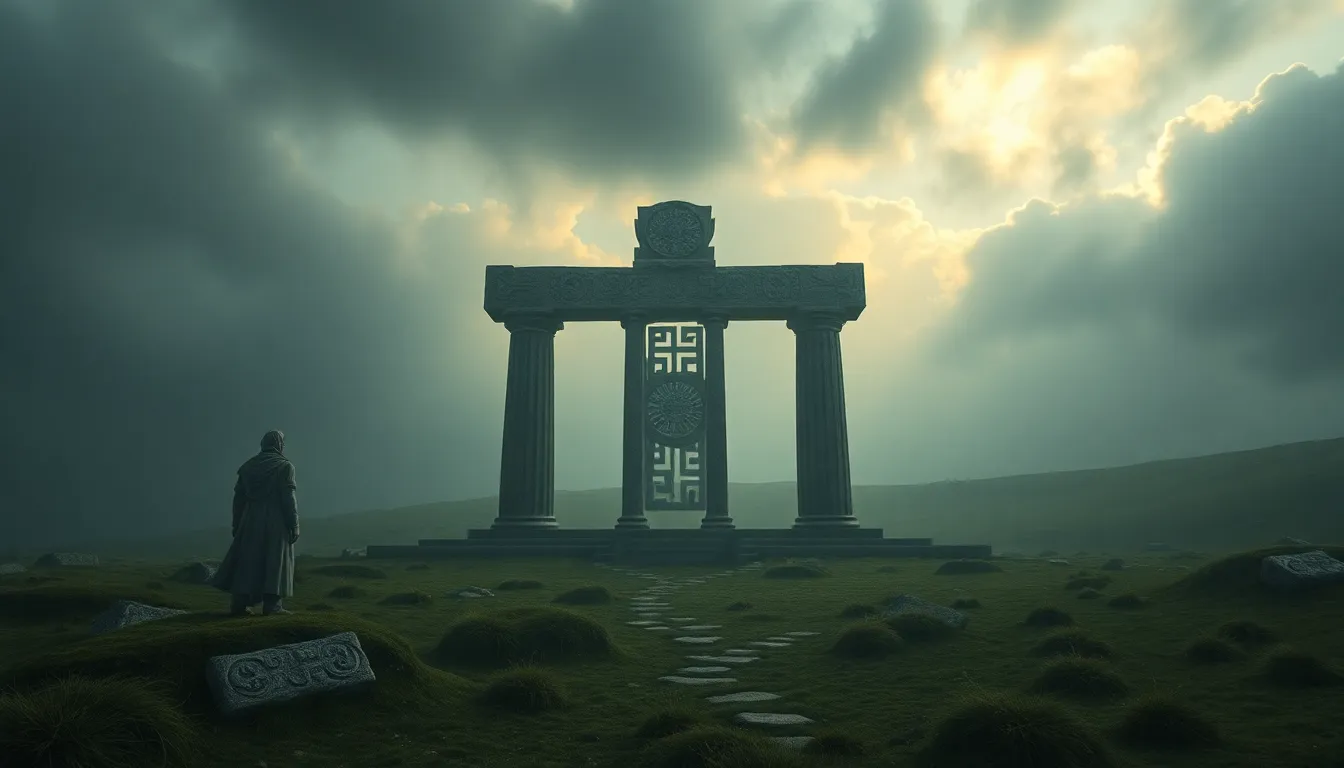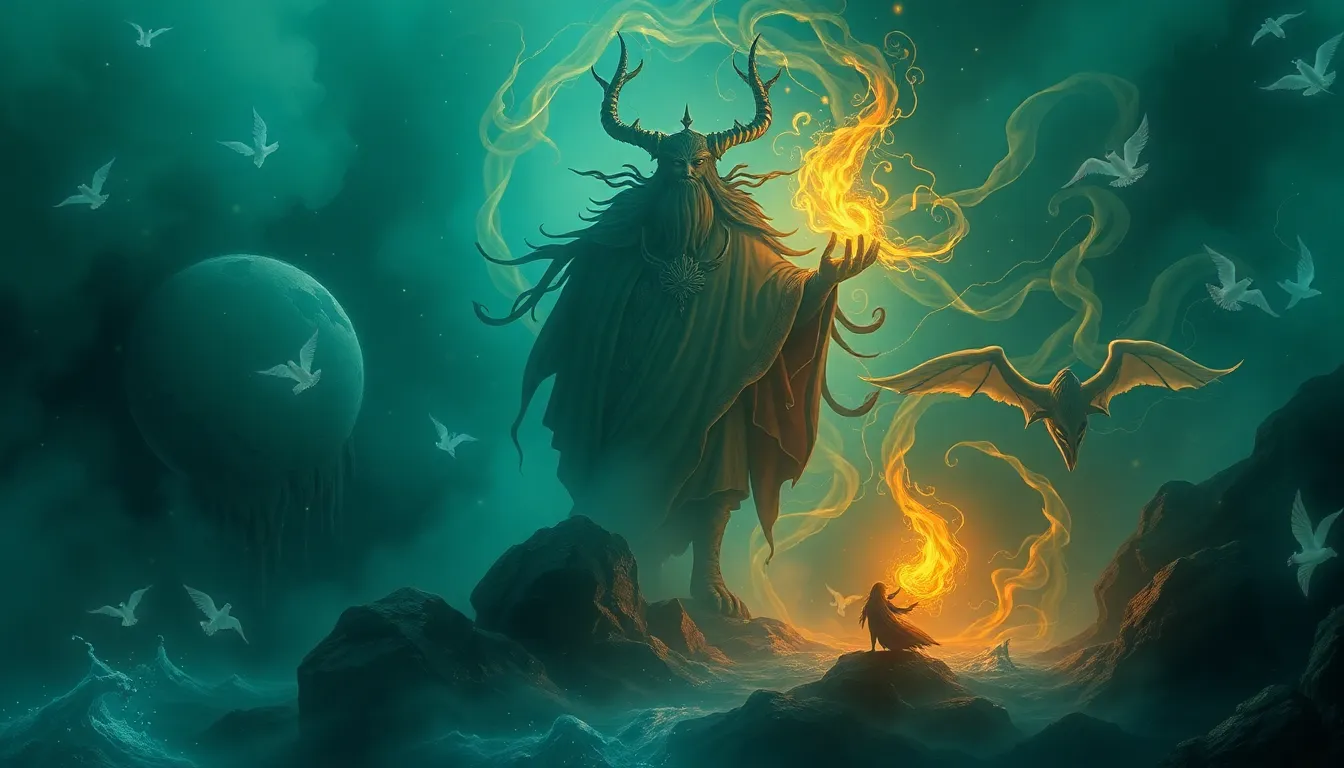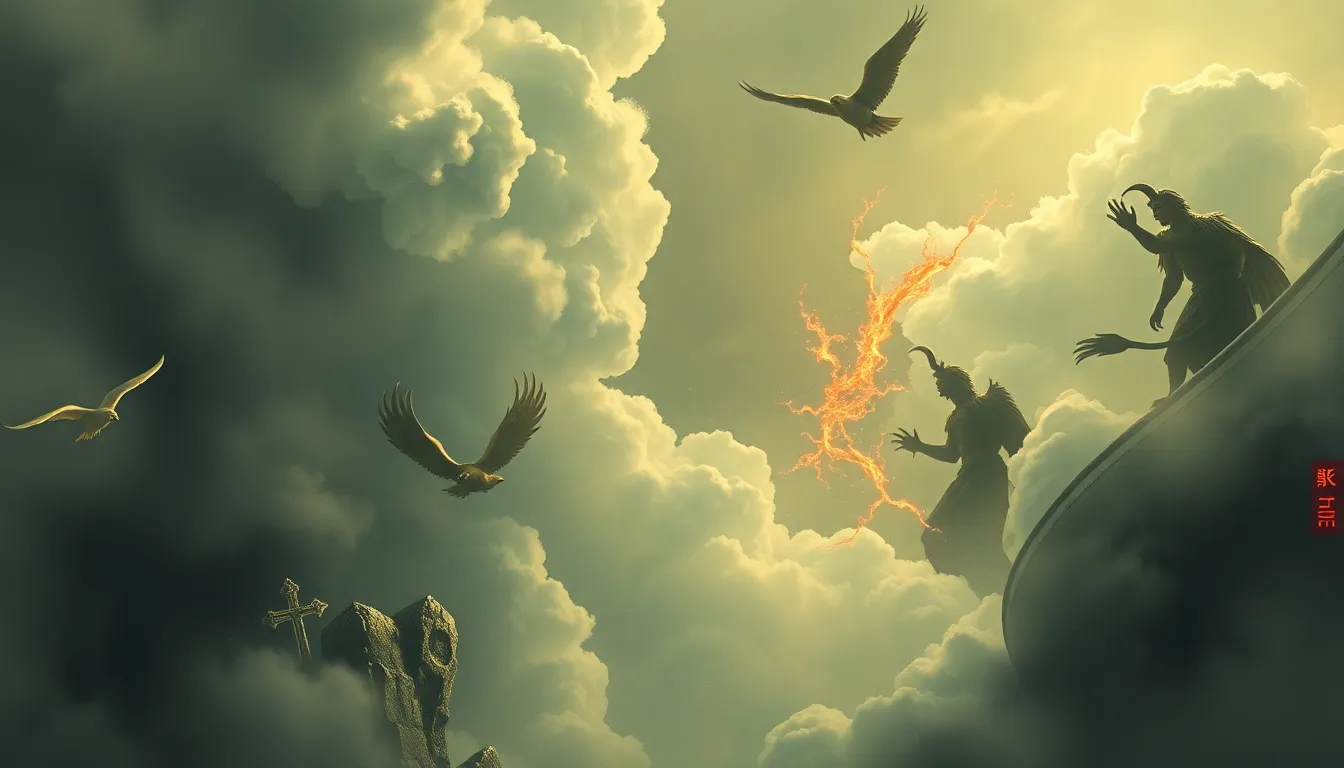The Prophecies of the Ancient Celts: What Did They Foresee?
I. Introduction
The Celts, a group of peoples with a rich tapestry of culture and history, have often intrigued historians and enthusiasts alike. Their significance in the ancient world extends beyond mere territorial conquests; they were known for their intricate art, social structures, and profound spiritual beliefs. Among these beliefs, the prophecies held a crucial place, serving as a bridge between the mundane and the divine.
Celtic tradition placed a strong emphasis on the role of prophecies, which were seen as insights into the future and guidance for living in harmony with the world. This article aims to delve into the nature and content of Celtic prophecies, exploring how they shaped the perspectives of the ancient Celts and influenced their way of life.
II. Historical Context of Celtic Prophecies
A. The Celts: Who were they?
The Celts were a diverse group of tribal societies that inhabited various regions of Europe, including present-day Ireland, Scotland, Wales, and parts of France and Central Europe, from around 800 BC to the Roman conquest. They were known for their unique languages, which belong to the Celtic branch of the Indo-European language family, and their distinct cultural practices.
B. The role of druids in Celtic society
Druids were the intellectual elite within Celtic society, serving as priests, teachers, and judges. They held significant power and influence, often acting as intermediaries between the gods and the people. Their extensive knowledge of the natural world and spiritual matters allowed them to interpret omens and prophecies, which were vital to the community’s decision-making processes.
C. Transmission of oral traditions and the written record
Celtic prophecies were primarily transmitted through oral traditions, which means they were passed down through storytelling and spoken word. This oral culture was later complemented by written records, particularly after the introduction of Christianity, which brought with it the Latin alphabet. However, many prophecies were lost or altered during this transition, leading to a complex interplay between oral and written traditions.
III. Major Sources of Celtic Prophecies
A. The Book of Kells and its prophetic interpretations
The Book of Kells, an illuminated manuscript created by Celtic monks in the 9th century, is one of the most famous examples of early medieval art and literature. While primarily a religious text, it contains elements of prophecy that reflect the Celtic worldview, including elaborate illustrations and symbolic representations of biblical prophecies.
B. The Táin Bó Cúailnge and its prophetic elements
The Táin Bó Cúailnge, or “The Cattle Raid of Cooley,” is a central epic in Irish mythology that features prophetic elements woven throughout its narrative. The story showcases the hero Cú Chulainn, whose exploits are often framed by prophetic visions, highlighting the interplay between fate and individual agency.
C. The role of folklore and oral storytelling in preserving prophecies
Folklore and oral storytelling played a crucial role in preserving Celtic prophecies. Stories were often embellished with prophetic verses, ensuring that the wisdom of the past was not lost. These narratives served both educational and entertainment purposes, allowing communities to explore their beliefs and values.
IV. Key Themes in Celtic Prophecies
A. Nature and the environment: Predictions based on seasonal changes
Celtic prophecies often reflected a deep connection to nature, with many predictions tied to seasonal changes. The Celts observed the cycles of the moon, the changing of the seasons, and the behavior of animals to forecast agricultural outcomes and environmental shifts.
B. War and conflict: Foreseeing battles and their outcomes
War and conflict were integral to Celtic life, and prophecies regarding battles were common. Druids would interpret signs and omens to predict the outcomes of conflicts, often influencing strategies and decisions made by leaders.
C. Fate and destiny: The concept of predestined events
The Celtic worldview embraced the concept of fate, where certain events were seen as predestined. Prophecies often served as warnings or confirmations of what was to come, reflecting the belief that individuals were bound by a greater cosmic order.
V. Notable Prophetic Figures in Celtic Lore
A. The Cailleach: The goddess of winter and her forecasts
The Cailleach, a prominent figure in Celtic mythology, is often associated with winter and transformation. She is believed to possess prophetic powers, using her wisdom to guide the natural cycles of life and death.
B. Merlin and his connection to Celtic prophecy
Although more commonly associated with Arthurian legend, Merlin’s roots can be traced back to Celtic prophecy. He embodies the archetype of the wise seer, whose prophecies shape the fate of nations and heroes alike.
C. Other significant prophetic figures from Celtic mythology
- Brigid: The goddess of poetry, healing, and fertility, known for her prophetic abilities.
- Fintan: A legendary figure who is said to have foretold the coming of the Gaels to Ireland.
- Connla: A prophetic figure in Irish mythology known for his tragic fate, which was foretold to him.
VI. The Prophecies of the Gaels
A. Overview of the Gael tradition and its prophetic beliefs
The Gaels, a branch of the Celts, maintained a rich tradition of prophecy that was deeply intertwined with their identity. Their beliefs often revolved around the idea of a foretold destiny for their people and land.
B. The prophecy of the coming of the Gaels to Ireland
One of the most significant prophecies involves the arrival of the Gaels in Ireland, depicting their journey as preordained. This narrative highlights themes of migration, conquest, and the divine right to inhabit the land.
C. Interpretations and implications of these prophecies
The implications of these prophecies are profound, as they not only shaped the identity of the Gaels but also influenced their interactions with other cultures and peoples. Understanding these prophetic narratives provides insight into the cultural psyche of the Celts.
VII. Prophecies Relating to the Christianization of the Celts
A. The shift from pagan to Christian beliefs
The arrival of Christianity in Celtic lands marked a significant cultural shift. Many traditional beliefs and practices were challenged, leading to a complex relationship between the old paganism and new Christian doctrines.
B. Prophecies about the arrival of Christianity
Some Celtic prophecies foretold the coming of a new faith, often interpreted as a divine plan. These prophecies reflected the tensions and reconciliations between old and new belief systems.
C. Reconciliation of pagan prophecies with Christian theology
As Christianity spread, many Celtic prophecies were reinterpreted to align with Christian theology. This syncretism allowed for the preservation of cultural identities while embracing new spiritual narratives.
VIII. Modern Interpretation of Celtic Prophecies
A. How modern scholars view ancient Celtic prophecies
Modern scholars approach Celtic prophecies with a critical eye, examining their historical context and cultural significance. They analyze the interplay between oral traditions and written records, seeking to understand how these prophecies shaped Celtic identity.
B. The influence of Celtic prophecies on contemporary spirituality
Celtic prophecies have seen a resurgence in interest within contemporary spiritual movements. Many find inspiration in the themes of interconnectedness with nature and the cyclical patterns of life that these prophecies embody.
C. Popular culture and the revival of interest in Celtic prophecy
In popular culture, Celtic prophecies are often romanticized and reimagined in literature, film, and art. This revival reflects a broader fascination with ancient wisdom and the mystical elements of Celtic heritage.
IX. Case Studies: Specific Prophecies and Their Outcomes
A. Analysis of a few specific prophecies and their historical relevance
Several specific prophecies have been documented, leading to significant historical events. For example, the prophecy of the arrival of the Tuatha Dé Danann foretold the coming of a divine race that would shape the landscape of Ireland.
B. Discussion of interpretations and cultural impacts</




